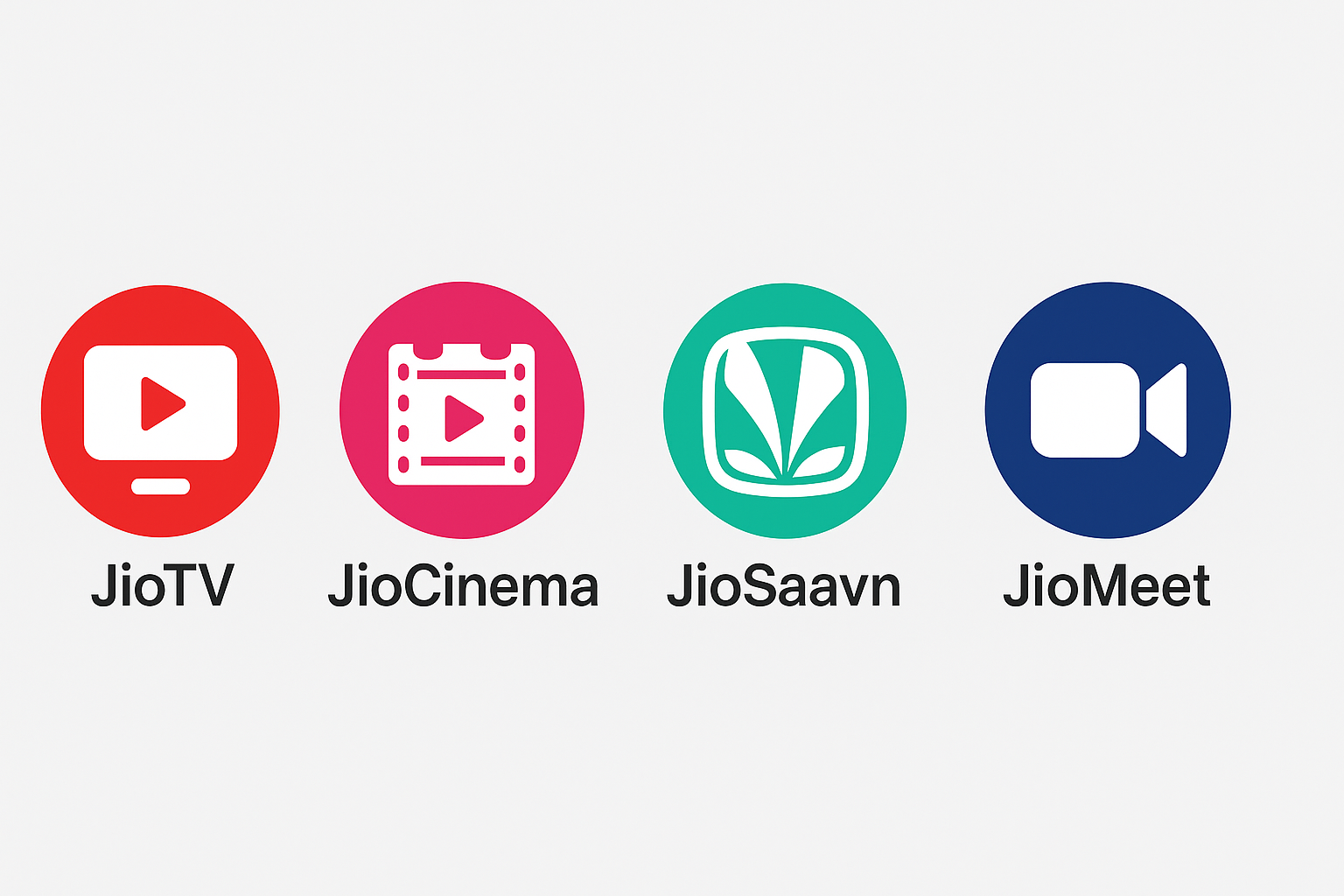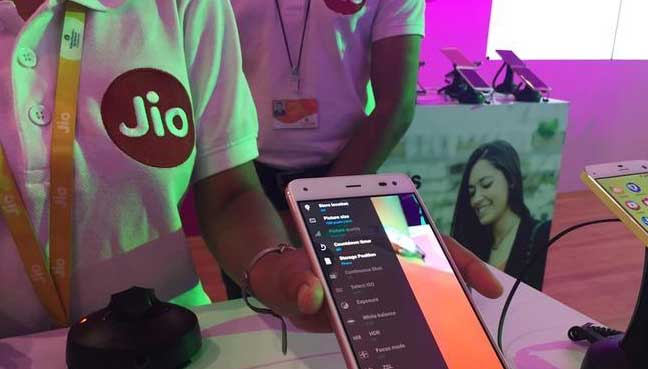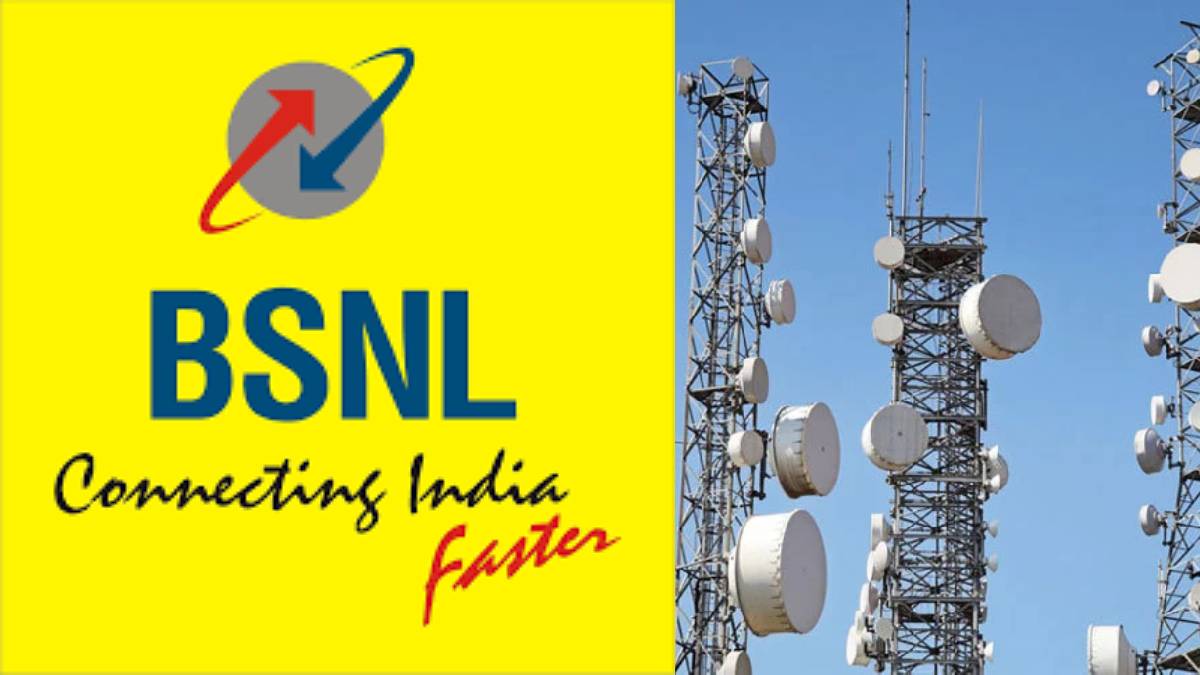Until 2016, accessing the internet in rural India was considered a privilege by many. People had to pay high costs for mobile data, sometimes struggled with spotty coverage, and for millions, the internet was just not accessible. That changed when Reliance Jio entered the scene, revolutionizing connectivity with affordable 4G and massive infrastructure.
Reliance Industries Limited (RIL) launched Reliance Jio, a daring project meant to transform the world of digital technology. Because of the company’s determined and inclusive technique, telecom services became available and more affordable for a group that had suffered from a lack of access for a long time. In this blog, we discuss how Jio’s fresh approach to telecoms launched a revolution for rural India and how it is still affecting millions now.
The Digital Divide in India
Since India is a vast country with uneven income distribution among its people, many rural areas have lagged behind urban regions in adopting digital technologies. The Telecom Regulatory Authority of India (TRAI) reported that, in early 2016, only around 15% of people in rural areas used the internet, compared to 60% in urban areas.
Challenges in Rural Connectivity Before Reliance Jio
- High Cost of Data: Data was unaffordable for many households.
- Poor Infrastructure: Lack of towers, broadband lines, and fiber networks.
- Low Smartphone Penetration: Mobile devices were mostly limited to basic phones.
- Lack of Digital Literacy: Many people were unaware of the benefits and use of digital tools.
This limited access affected education, healthcare, employment opportunities, and access to government schemes that were gradually moving online.

The Reliance Jio Strategy: Disrupt and Empower
Reliance Jio started offering its services in September 2016, determined to provide affordable, fast internet access to all Indians. While other telecom operators used to charge a lot for little data, Jio brought free voice calls and very cheap data plans when it started. There were two results: the disruptive strategy upset the panorama of the industry and encouraged other companies to reduce their prices.

Key Aspects of Reliance Jio’s Strategy:
- Affordable Data Plans: Initially offering free services and later data plans at INR 149/month for 1GB/day.
- Free Voice Calls: A bold move that disrupted the call charge model of existing telecom players.
- Massive Infrastructure Investment: Over 250,000 km of fiber optic cables and 90,000 4G towers nationwide.
- PAN-India 4G Coverage: Unlike competitors, Jio went straight to 4G LTE.
- Bundled Apps and Digital Services: JioTV, JioCinema, JioSaavn, and JioMeet provided users with a comprehensive digital ecosystem.

Expansion of Reliance Jio to Rural India
While most telecom companies focused on urban profits, Jio expanded aggressively into India’s rural heartlands. The company collaborated with local governments, used state incentives, and conducted rural campaigns to promote digital literacy.
Initiatives for Rural Outreach:
- Monopolistic Behavior: With rivals shutting down or merging, there are fears of reduced competition.
- Quality Concerns: In some regions, network congestion and speed issues remain.
- Data Privacy: Critics have raised concerns about data protection in such an expansive ecosystem.

What's Next for Reliance Jio?
Jio continues to expand its rural focus:
- Jio Fiber and Jio Air Fiber: Offering high-speed broadband and fixed wireless access to rural homes.
- 5G Rollout: Jio is investing in 5G tech that promises faster speeds and lower latency.
- Satellite Internet (Jio Space Fiber): Plans to use satellite tech to connect the most remote villages.
- Partnerships for EdTech and Agri Tech: Jio is tying up with startups to bring tech-driven solutions to rural India.
Conclusion
Reliance Jio‘s rural 4G strategy serves as a blueprint for global telecom growth. This rural 4G revolution from Reliance Jio isn’t only successful for a company; it’s also a major step forward for India’s economy and society. Thanks to its affordable plans and easy availability, Jio has made it much easier for India’s population to use the internet. Jio’s model will still show the path to universal digital progress for many countries, not just India, as the country becomes more connected and informed.
- Partnered with State Governments: For smoother rollout in remote areas.
- Set up Rural Digital Stores: Helped people buy smartphones and understand data plans.
- JioPhone Launch (2017): A smart feature phone with 4G support priced at INR 1,500 (refundable) revolutionized access.
- Jio Digital Champions Program: Educated locals to become Jio brand ambassadors in their communities.

Real-Life Impact Stories
The real impact of Jio can be best understood through the stories of rural Indians whose lives changed due to digital access. These examples show how digital inclusion directly empowers economic and educational development.
Education in Jharkhand
Schools in remote villages began using online classes via Jio connections during COVID-19. Students who had never used the internet accessed YouTube lessons and government education portals.
Farmers in Maharashtra
Used online weather forecasts and crop pricing tools via apps enabled by Jio’s low-cost internet.
Small Entrepreneurs in Bihar
Started online businesses using WhatsApp, Facebook Marketplace, and Amazon/Flipkart sellers’ platforms.

Economic Disruption and Market Impact
Jio’s disruptive pricing forced all major telecom providers – Airtel, Vodafone-Idea, and BSNL, to cut prices and expand coverage. This created a digital boom, with data consumption soaring across demographics.
Market Shifts Post Reliance Jio Launch:
- India became the world’s top mobile data consumer.
- Prices dropped by over 90% per GB between 2016 and 2020.
- Over 100 million low-cost smartphones sold between 2016–2022.
- Several operators merged or exited the market due to Jio’s dominance.
Long-Term Effects on Rural India
- Digital Governance: Access to platforms like Digi Locker, Aadhar services, and e-Governance apps became seamless.
- Healthcare Access: Teleconsultations and access to government health schemes increased.
- Online Employment: People in villages could apply for jobs, learn new skills on platforms like YouTube or Coursera, and participate in the gig economy.
- Empowering Women: Women began learning skills, selling handmade goods online, and accessing financial independence via digital banking.
Challenges and Criticism
While Jio’s journey is largely positive, it hasn’t been without criticism:
- Monopolistic Behavior: With rivals shutting down or merging, there are fears of reduced competition.
- Quality Concerns: In some regions, network congestion and speed issues remain.
- Data Privacy: Critics have raised concerns about data protection in such an expansive ecosystem.

What's Next for Reliance Jio?
Jio continues to expand its rural focus:
- Jio Fiber and Jio Air Fiber: Offering high-speed broadband and fixed wireless access to rural homes.
- 5G Rollout: Jio is investing in 5G tech that promises faster speeds and lower latency.
- Satellite Internet (Jio Space Fiber): Plans to use satellite tech to connect the most remote villages.
- Partnerships for EdTech and Agri Tech: Jio is tying up with startups to bring tech-driven solutions to rural India.
Conclusion
Reliance Jio‘s rural 4G strategy serves as a blueprint for global telecom growth. This rural 4G revolution from Reliance Jio isn’t only successful for a company; it’s also a major step forward for India’s economy and society. Thanks to its affordable plans and easy availability, Jio has made it much easier for India’s population to use the internet. Jio’s model will still show the path to universal digital progress for many countries, not just India, as the country becomes more connected and informed.







